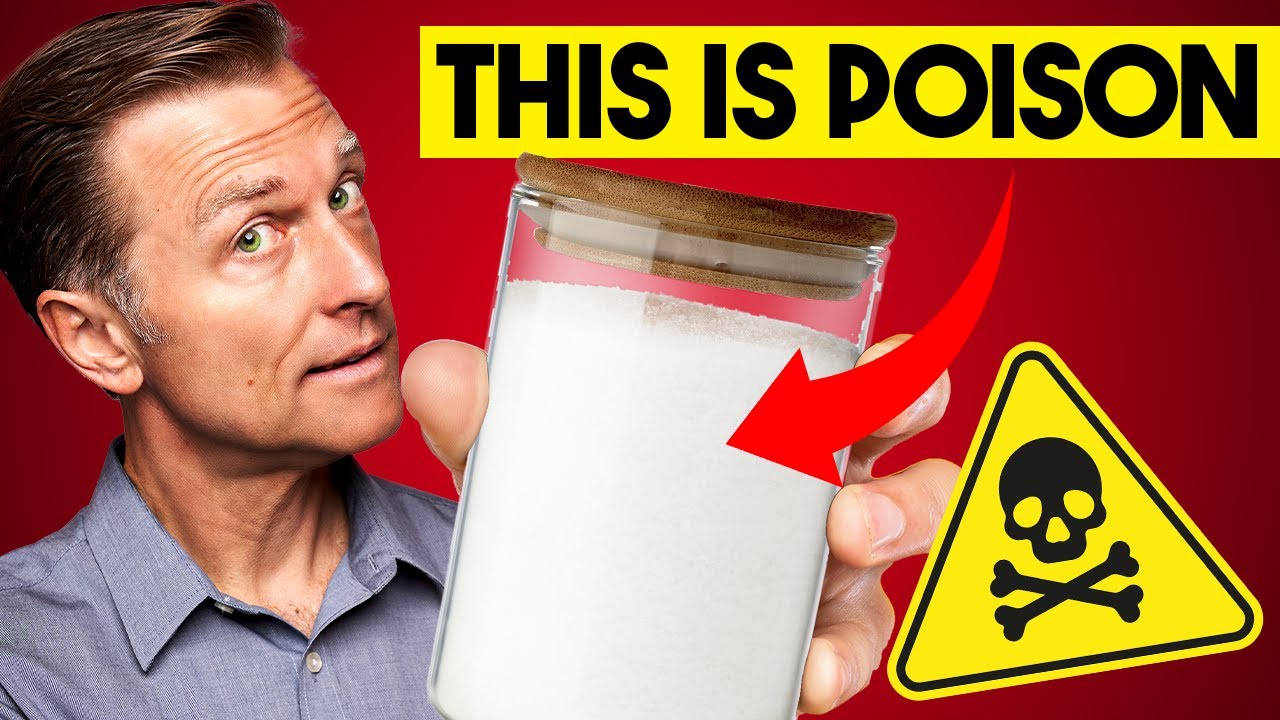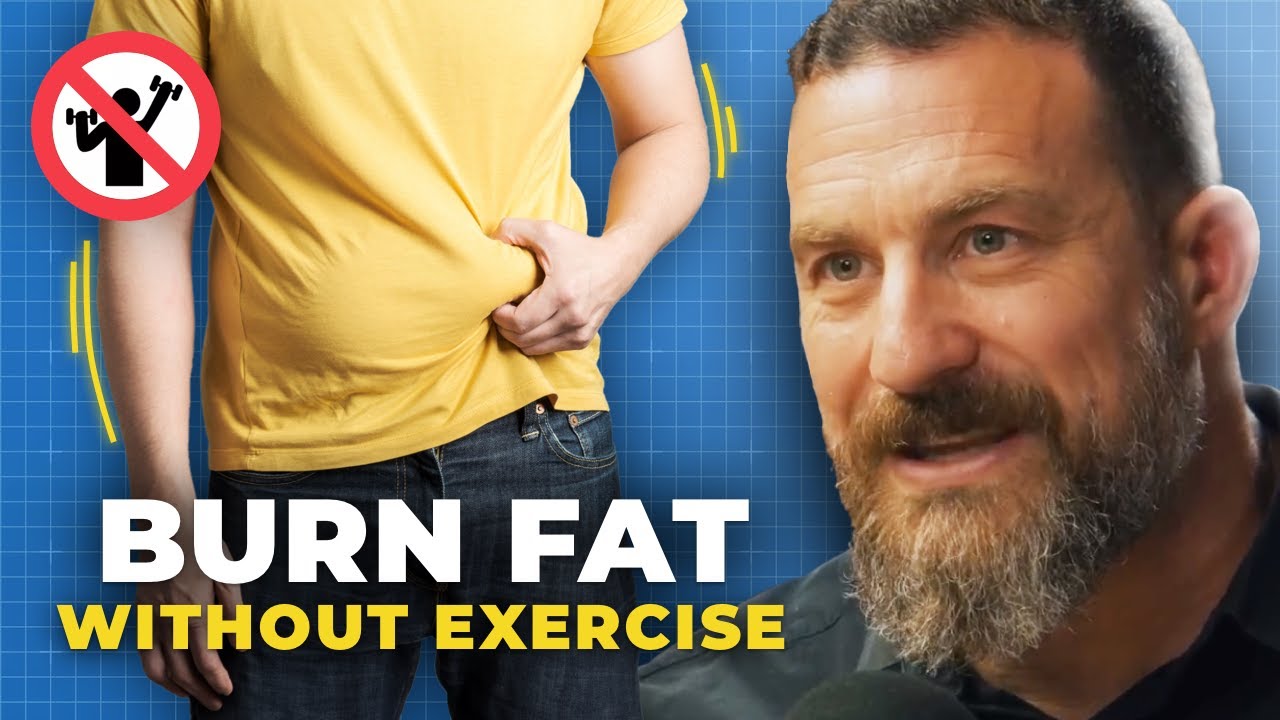When it comes to shedding body fat, most people fixate on the simple math of calories in versus calories out. While this concept is foundational to weight management, it overlooks a far more powerful factor in fat loss: your metabolism — particularly how it responds to different types of exercise before, during, and after your workout.
In reality, the type, intensity, and timing of your training can dramatically influence how much fat your body burns — not just during the workout, but for hours afterward.
Let’s dive into how metabolism works in relation to exercise and explore what science says is the most effective way to burn body fat for good.

Why Metabolism After Exercise Matters More Than You Think
Your metabolic rate — the amount of energy your body burns at rest — doesn’t stay static. One of the most significant but often overlooked benefits of exercise is the way it temporarily increases this rate even after you’ve finished moving. This is known as Excess Post-Exercise Oxygen Consumption (EPOC), or the “afterburn” effect.
High-intensity activities, like sprinting, resistance training, or circuit workouts, tend to use glycogen (stored carbohydrates) during the session. But here’s the game-changer: after these workouts, your body shifts into fat-burning mode to recover, repair muscles, and replenish energy — sometimes for up to 24 hours.
In contrast, lower-intensity cardio (like walking, slow cycling, or swimming) burns a higher proportion of fat during the activity itself. However, once the workout ends, your metabolism returns to baseline quickly, and your body tends to rely more on glycogen for recovery.
This metabolic inversion is key:
- High intensity = burns carbs now, burns fat later
- Low/moderate intensity = burns fat now, burns carbs later
Understanding this allows us to optimize training for sustained fat loss, not just the calories burned on your fitness tracker.

The Role of Training Intensity: HIIT, SIT, and MICT
To better understand how exercise impacts fat loss, it helps to categorize workouts into three primary types based on intensity:
- High-Intensity Interval Training (HIIT)
Short bursts of intense effort (like sprints, burpees, or jump squats) alternated with rest or low-intensity recovery. These sessions typically last 15–30 minutes but generate significant metabolic effects. - Sprint Interval Training (SIT)
An even more intense form of HIIT, involving all-out efforts that cannot be sustained for more than 20–30 seconds at a time. Think: maximum-effort sprints, prowler pushes, or explosive lifts. - Moderate-Intensity Continuous Training (MICT)
Steady-state cardio like jogging, brisk walking, swimming, or cycling at a pace where you can talk but might be slightly breathless.
Each of these has a place in a fat-loss strategy, but how and when you perform them — especially in relation to eating — can make a profound difference.

Should You Exercise Fasted? The Science of Timing
One of the most debated topics in fitness is whether exercising in a fasted state helps burn more fat. The answer depends on the intensity and duration of your workout.
For Moderate-Intensity Cardio (Zone 2):
If you’re performing 90 minutes or more of steady-state cardio — such as hiking, jogging, or cycling — doing it in a fasted state (no food for 3+ hours beforehand) significantly boosts fat oxidation. That’s because after about 90 minutes, your body naturally shifts from using glycogen to tapping into fat stores — and low insulin levels (from fasting) accelerate this switch.
For High-Intensity Training:
With higher-intensity training, the fat-burning shift happens sooner. For example, a 20–60-minute session of HIIT or SIT performed without eating beforehand increases fat oxidation both during and after the workout. That’s because the body quickly burns through glycogen and then enters a heightened state of post-exercise fat metabolism.
Bottom line:
- Fasted training = greater fat-burning potential, especially during long, moderate-intensity or high-intensity efforts
- Fed training = higher insulin levels, which blunt fat oxidation and delay the metabolic shift to fat-burning
However, if fasting limits your performance or leads to dizziness or fatigue, it’s more beneficial to fuel properly and train effectively than to skip meals and underperform.

Best Strategy for Fat Loss: Combine Intensities and Use Strategic Timing
If your primary goal is to reduce body fat, here’s what science (and 20+ years of clinical experience) recommends:
1. Start With High-Intensity Exercise
Whether it’s resistance training, sprint intervals, or circuit workouts, begin with a short, intense session that depletes glycogen and increases your heart rate. This primes your body to burn more fat afterward.
2. Follow With Moderate-Intensity Cardio
After 20–40 minutes of high-intensity effort, transition into Zone 2 cardio (like a brisk walk or incline treadmill session) for an additional 20–30 minutes. At this stage, your body shifts into fat oxidation mode more efficiently — especially if fasted.
3. Train in a Fasted or Low-Insulin State
If your schedule and energy allow, perform this combination in a fasted state or after only consuming fats/protein. Avoid high-carb meals 2–3 hours before your workout if your aim is maximum fat burn.
4. Be Consistent — and Patient
True body recomposition takes time. A few fasted sessions won’t undo months of overeating. But combining smart exercise sequencing with a clean, protein-rich, whole-food diet will steadily shift your body composition.

Expert Tips for Maximizing Metabolic Fat Burn
- Train in the morning if possible — naturally low insulin and glycogen levels enhance fat oxidation.
- Stay hydrated, especially when fasting, to support cellular energy and prevent fatigue.
- Recover actively — take a walk or stretch after meals to improve glucose management and keep metabolism elevated.
- Eat plenty of protein post-workout to support muscle repair and increase thermogenesis (calorie burning from digestion).
- Avoid obsessing over calorie trackers — they often miss the extended post-exercise metabolic effect.
Meal Ideas to Support Fat Loss and Metabolism
If you’re training fasted or managing insulin levels, here are a few meal suggestions:
- Pre-Workout (optional, if needed):
– 1 boiled egg + 1 tsp MCT oil
– Black coffee or green tea - Post-Workout Recovery Meal:
– Grilled salmon with steamed spinach and quinoa
– Scrambled eggs with avocado and sautéed vegetables
– Protein smoothie with almond milk, spinach, and chia seeds
Focus on high-quality protein, healthy fats, and fiber-rich vegetables. Avoid high-sugar or high-carb meals right after intense exercise if your goal is fat loss.

Use Science, Not Guesswork
Reducing body fat isn’t just about counting calories — it’s about understanding how your body shifts between fuel sources during different types of activity. By leveraging the power of intensity, timing, and metabolism, you can design a training approach that burns more fat in less time.
Remember: it’s not just what you do during the workout — it’s how your body continues to burn energy long after you’re done.



